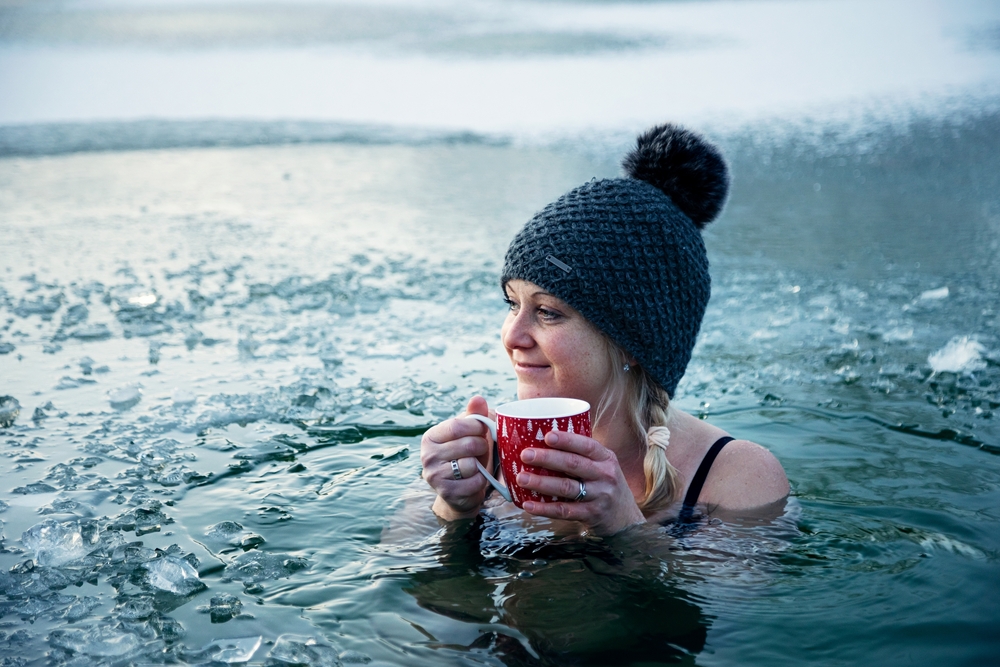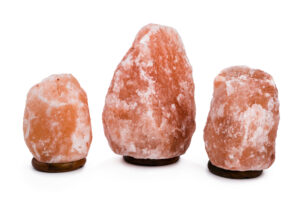Cold showers and ice baths have become popular among athletes and wellness enthusiasts alike, due to their potential benefits for recovery and overall well-being. Despite their similarities, these two practices can offer distinct experiences and advantages. Understanding the differences between cold showers and ice baths can help individuals determine which method is most suitable for their needs and preferences.
Cold showers involve immersing oneself in cold water that typically ranges between 50 and 60 degrees Fahrenheit (10 to 15 degrees Celsius). This practice is easily accessible, as it can be done in the comfort of one’s own bathroom. Proponents of cold showers believe that the practice can improve circulation, boost mood, and enhance the immune system.
On the other hand, ice baths involve submerging the body in water mixed with ice, maintaining a temperature around 40 to 50 degrees Fahrenheit (5 to 10 degrees Celsius). Ice baths are more intense than cold showers and are often favoured by athletes for their potential to aid in muscle recovery and reduce inflammation after intense workouts.
Although the health benefits of a cold shower versus an ice bath may be similar, it is crucial to introduce cold water exposure gradually to avoid shock or discomfort. Factors such as personal preference, access to facilities, and individual health goals will ultimately guide the decision between these two practices.
Cold Showers Explained
Cold Shower Basics
Cold showers are simply showers with water at a temperature cooler than the body’s natural temperature, typically ranging from 10 to 20 degrees Celsius. They have gained popularity in recent years as a method for improving overall health, recovery, and well-being. Cold showers can be easily integrated into one’s daily routine due to their convenience and accessibility.
Benefits of Cold Showers
There are numerous reported benefits of taking regular cold showers, which include:
- Mood improvement: Cold exposure has been linked to an increase in mood-enhancing hormones, potentially helping to reduce stress and anxiety.
- Better sleep: Cold showers can lead to better sleep quality as they can help regulate body temperature and promote relaxation.
- Immune system boost: Regular cold showers are believed to enhance the immune system by stimulating the production of white blood cells.
- Increased energy: Cold showers can invigorate the body, promoting an increase in energy levels and mental fortitude.
- Improved circulation: Cold exposure prompts the body to improve blood flow in an effort to maintain optimal body temperature, resulting in enhanced circulation.
- Recovery: Athletes often use cold showers as a form of recovery, as it may help reduce inflammation and muscle soreness.
Risks and Downsides
While cold showers offer various benefits, they may not be suitable for everyone, and there are potential risks to be aware of:
- Underlying health conditions: Cold showers could exacerbate certain health conditions, such as hypertension or Raynaud’s disease. Always consult a healthcare professional before incorporating cold showers into your routine if you have any concerns.
- Overexposure: Prolonged cold exposure carries the risk of hypothermia, particularly in individuals with a lower tolerance for cold.
- Negative reactions: Some people may find cold showers to be too intense and experience discomfort or difficulty breathing.
In conclusion, cold showers can provide several health benefits, but it is important to consider the potential risks and consult a healthcare professional if you are unsure whether they are appropriate for your individual circumstances.
Understanding Ice Baths
Introducing Ice Baths
Ice baths are a form of cold therapy that involves full-body immersion in water at a temperature between 50 to 59 degrees Fahrenheit (10 to 15 degrees Celsius). They have gained popularity among athletes and fitness enthusiasts seeking to improve their post-workout recovery and reduce muscle soreness. Portable ice baths have made this method more accessible, allowing individuals to experience the benefits of ice bathing at home or in their training facility.
Why Athletes Use Ice Baths
Athletes use ice baths to support their recovery process after rigorous training sessions or competitions. The cold temperature helps to reduce inflammation and muscle soreness, which can be particularly beneficial for those engaged in high-intensity activities. By decreasing the inflammation, ice baths can aid in workout recovery and optimise performance in subsequent training sessions or events.
Additionally, immersion in cold water stimulates the release of endorphins, leading to a sense of well-being and relaxation, which can be beneficial in fighting off stress and promoting overall mental health for athletes.
Inherent Risks
While ice baths can offer potential benefits, they also come with inherent risks. The most notable risks include hypothermia and frostbite. If the body is exposed to cold temperatures for an extended period, it can potentially lead to a dangerous drop in core body temperature, known as hypothermia. Similarly, frostbite can occur if the skin and underlying tissues freeze due to prolonged exposure to cold conditions.
To mitigate these risks, it is essential to limit the duration and frequency of ice baths and monitor the temperature of the water. Individuals with pre-existing health conditions or those who are new to ice bathing should consult a healthcare professional before incorporating this practice into their routine.
Comparative View of Cold Showers and Ice Baths
Effects on Recovery and Soreness
Both cold showers and ice baths have been linked to post-workout recovery, helping to reduce muscle soreness and inflammation. Cold showers can be an effective way to speed up recovery for those who don’t have access to ice baths. However, ice baths might provide a more intense and focused cold therapy to the muscle groups that need relief.
Impact on Mental Health
Cold water therapy, including cold showers and ice baths, has been associated with improved mental health, as it may help alleviate symptoms of anxiety, depression, and enhance mood. Moreover, these therapies can potentially increase mental toughness and resilience, providing an invigorating start to the day and enhancing overall well-being.
Benefits to Immune System and Circulation
Both cold showers and ice baths are believed to benefit the immune system and circulation. Cold water immersion can stimulate the vagus nerve, leading to reduced inflammation and better immune system function. It also helps improve circulation, encouraging blood flow and oxygen delivery to the muscles and organs.
Correlation with Weight Loss and Sleep Quality
Cold showers and ice baths may contribute to weight loss by activating brown fat, which plays a crucial role in fat loss and energy production. Additionally, cold water therapy can potentially improve sleep quality, promoting a deeper and more restful sleep.
Temperature and Intensity Differences
One of the key differences between cold showers and ice baths is their temperature and intensity levels. A cold shower typically has a milder temperature from 10-20°C (50-68°F). In contrast, an ice bath can be 7-12°C (45-54°F), providing a more intense cold exposure for greater therapeutic effects. Temperature control can be crucial, as it affects how the body responds to the cold treatment.
Convenience and Risks
In terms of convenience, cold showers are more accessible than ice baths, as they do not require additional equipment, ice, or space. However, risks associated with both options can include hypothermia, cold shock, and frostbite if not conducted safely. It’s essential to consult a healthcare professional before incorporating cold water therapy into your routine to avoid potential adverse effects.
Conclusion
Both cold showers and ice baths offer a range of benefits for the human body, particularly pertaining to athletic recovery, skin and hair health, and stress relief. According to Shower Addict, cold water can tighten pores, reduce the appearance of acne, and improve hair shine by making strands smoother and less prone to damage. Furthermore, immersion in cold water is known to stimulate the release of endorphins, which contributes to a sense of well-being and relaxation.
Choosing between ice baths and cold showers primarily depends on personal preference and individual goals. Ice baths are more intense and are typically preferred by athletes seeking to maximize muscle recovery. On the other hand, cold showers are more accessible and convenient, making them suitable for daily use.
In short, both cold showers and ice baths provide health benefits that vary depending on individuals’ preferences and objectives. It is essential to consider factors such as accessibility, intensity, and the desired outcome when deciding which option to pursue. Ultimately, engaging in any form of cold water therapy can contribute positively to one’s overall wellbeing.
My name is Ellis Francis and I have been a personal fitness trainer, sports nutritionalist and health and fitness advisor for over 25 years. I am the lead health and fitness advisor at https://awellnessbody.com.







